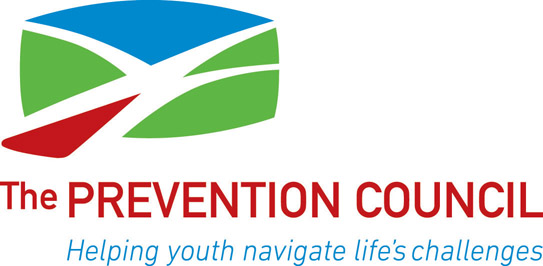November 2012
By Pam Fisher
Capital District Parenting Pages
On November 15, The American Cancer Society is marking its Great American Smokeout. For 37 years, the date has encouraged smokers to make a plan to quit, or to quit smoking that day. The occasion is also a great time for parents to talk with their children about the dangers of tobacco use, and for families to familiarize themselves with all forms of tobacco products and marketing.
According to the 2012 Surgeon General’s Report, 9 out of 10 smokers start smoking by age 18. Research in the U.S. and abroad suggests that exposure to in-store tobacco promotions is a primary cause of youth smoking, a factor more influential than peer pressure, and having nearly as much of an effect as having a household member who smokes. The tobacco industry spends $1 million a day in New York State alone on marketing their products, and nationally, $12.5 billion annually on advertising and promotions—more than the amount spent to market junk food, soda, and alcohol combined. With one licensed tobacco retailer for every 194 children in New York, it is critical our children are well-informed to make healthy and safe choices.
Area parents are concerned, and for good reason. Tobacco marketing has the greatest impact on kids — the “replacement smokers” the industry needs for the 443,000 Americans who die every year from tobacco-related diseases. Community members voiced their concerns about tobacco marketing in a 2011 community survey conducted by Siena Research Institute (SRI) across 17 counties in the capital region. The survey indicated overwhelming support for restrictions on tobacco sales to protect children from tobacco marketing, demonstrating that two thirds of the residents of the 17 counties agree tobacco products should not be sold in stores located near schools. 56% think tobacco products should not even be visible in stores.
Take a look at most local convenience stores and gas stations. Ads are often placed near candy or toys, strategically located to entice youth, and on the front of counters less than five feet in height. Tobacco companies pay stores billions to ensure that cigarettes and other tobacco products are advertised heavily, displayed prominently and priced cheaply to appeal to children and current tobacco users.
Also part of tobacco companies’ marketing strategy is the introduction of a growing number of smaller cigars, called little cigars or cigarillos, featuring sweet flavors and colorful packaging. While New York imposes the highest excise tax on cigarettes in the nation ($4.35 per package), cigarillos can be purchased at cheap prices, and come in flavors such as peach, apple, grape and cherry.
Tobacco companies have also significantly increased marketing of smokeless tobacco products, introducing an array of colorfully-packaged and sweetly-flavored products that in many cases look, taste and are packaged like candy. Chewing tobacco is now available in kid-friendly flavors such as cherry, apple and citrus. New dissolvable and easily concealed tobacco products, called sticks, strips and orbs, are also growing in popularity among teenagers. These products look like mints, breath strips and toothpicks, and can be used discreetly—even during school hours.
While smokeless tobacco is often marketed as “the healthy alternative” to cigarettes, the Surgeon General has determined that the use of oral snuff can lead to oral cancer, gum disease, and nicotine addiction. Smokeless tobacco use during youth can also lead to a lifetime of addiction and, frequently, to cigarette use, as the nicotine addiction created by smokeless use ultimately leads to habitual smoking.
What can parents do to protect their children? Talk about it. Know that there are options for local governments in New York to reduce youth exposure to tobacco marketing. We can limit the exposure at the point-of-sale through display regulations, reduce the number of tobacco retailers through licensing, limit the proximity to schools and other youth organizations through zoning, and eliminate tobacco sales in pharmacies.
For this year’s Great American Smokeout, perhaps it will be a day many smoking parents quit for good. And for those who want their children never to start, let this day serve as a time to talk to our children, and to inform and protect them from ever becoming a “replacement.”
